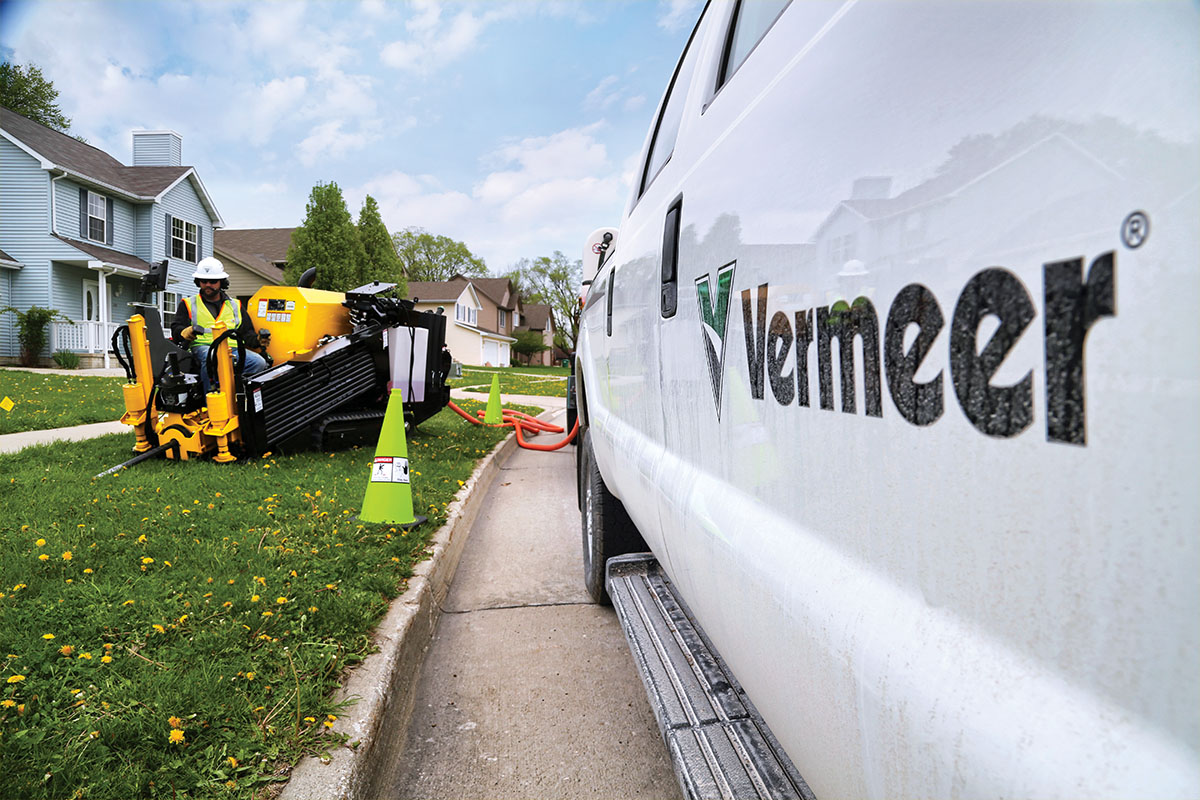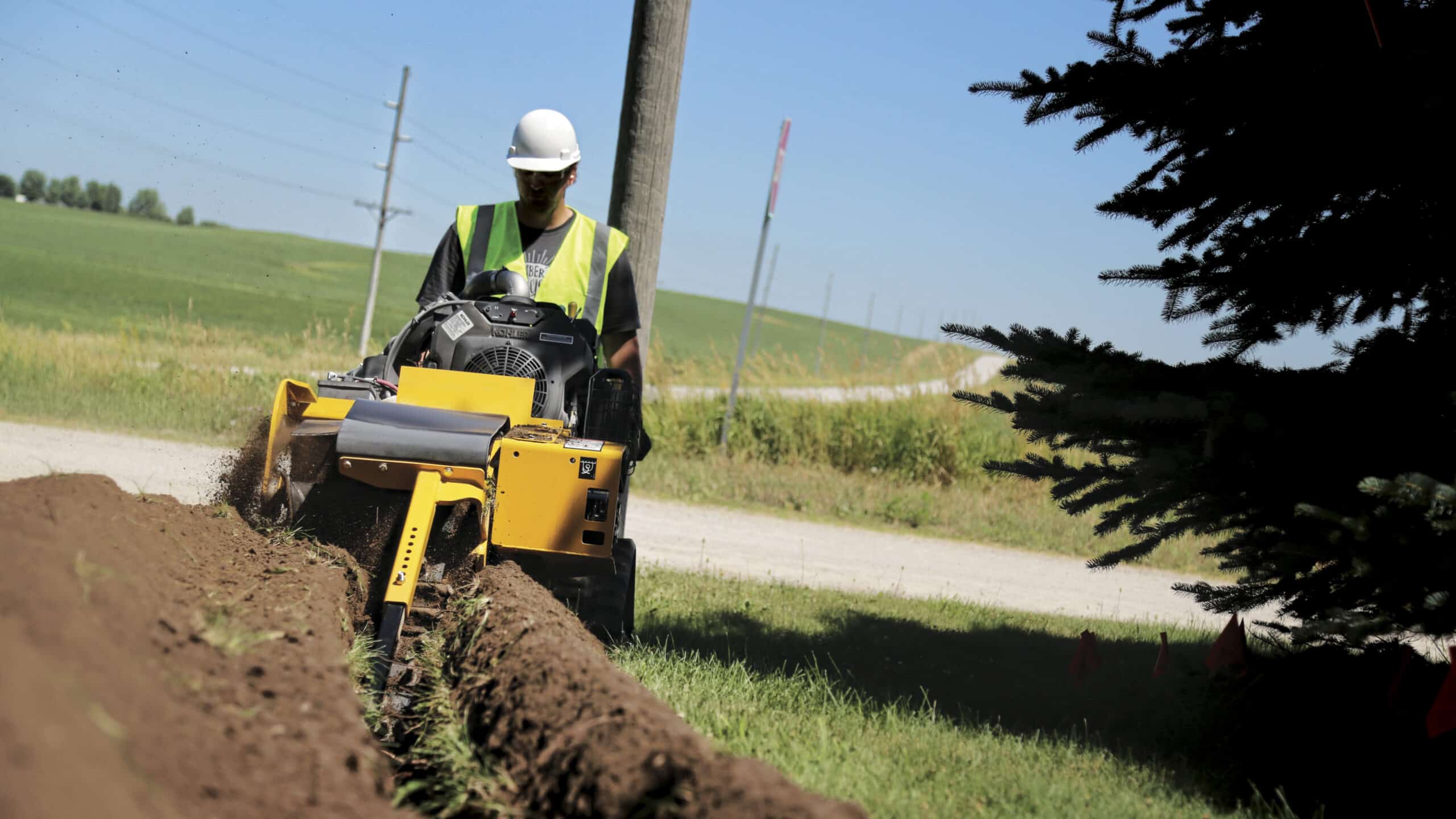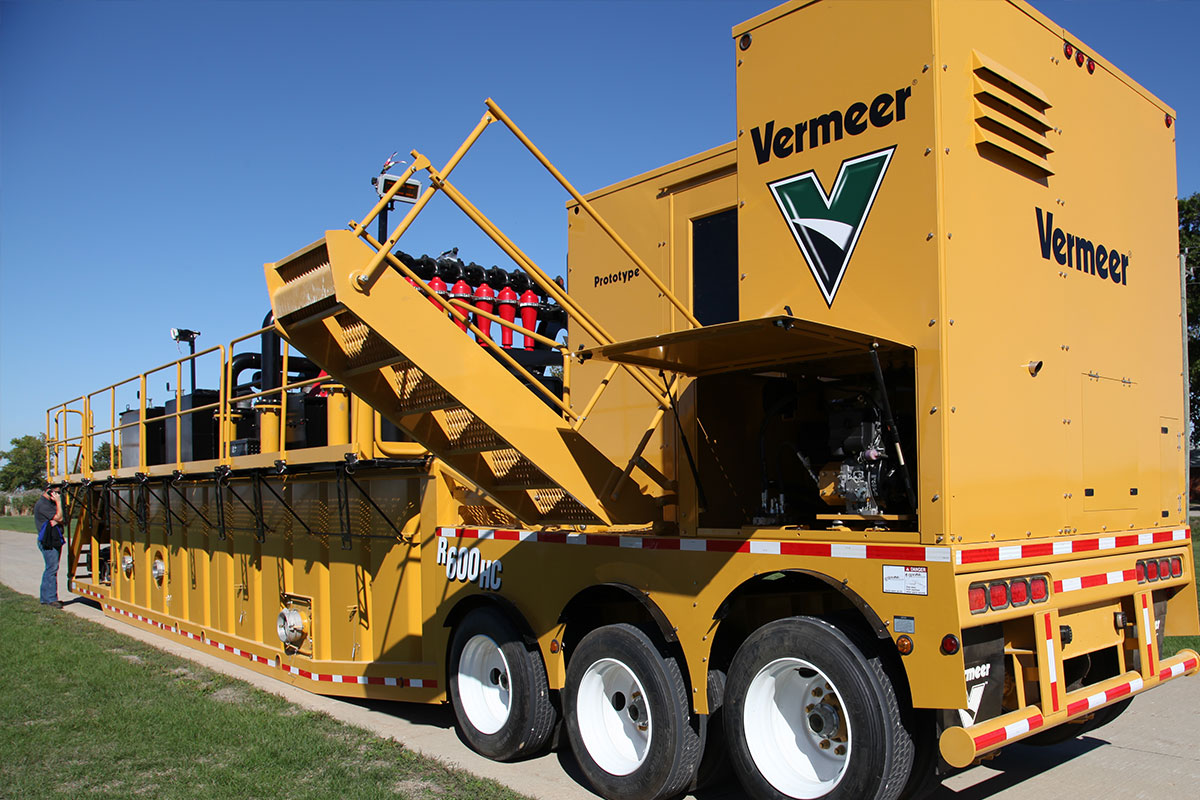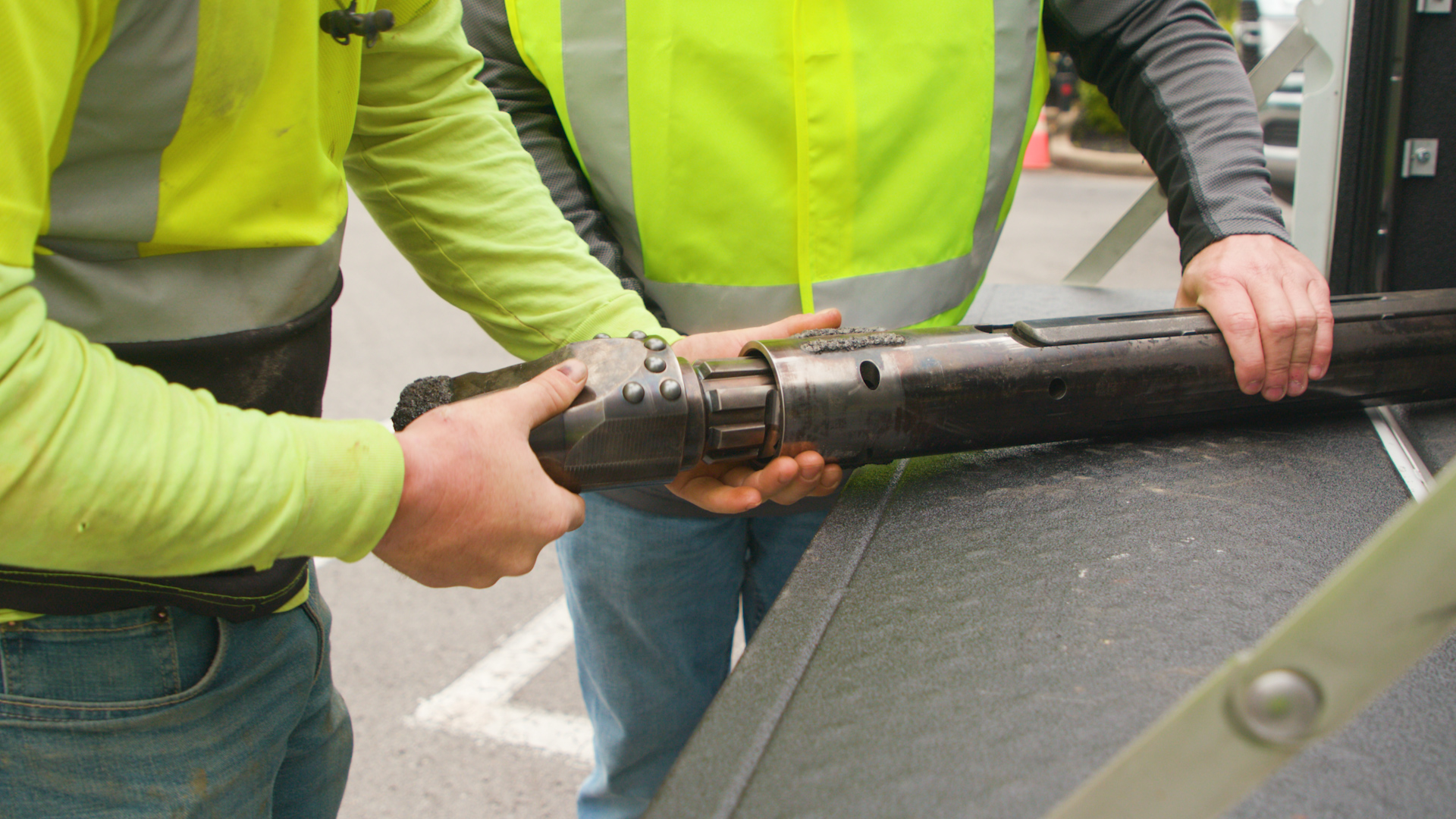Australia’s rapidly increasing population is creating a huge demand for new and upgraded underground utilities, such as water and sewage pipelines, power cables and fibre optics, to be installed in sprawling urban environments. However, more obstacles and narrower job sites can pose a number of challenges for contractors. Getting the job done quickly, and with minimal noise and disruption to those living or working nearby is imperative. Equipment, and installation technique, plays a key role in this, so contractors who use the right machines and processes place themselves in a winning position to secure contracts.
Traditionally, open cut methods have been used for underground utility installations, however, these are limited in urban environments. Utilities may need to be installed under existing infrastructure such as roads, rail corridors or buildings, or naturally occurring geographical features such as rivers, so open cut methods might prove challenging.
While open cut methods are still widely used in many instances, there has been a significant shift toward trenchless methods like horizontal directional drilling when open cut methods cannot be used.
Many contractors tend to specialise in a certain installation method based on the equipment in their fleet. While specialialisation can be beneficial and allows them to become experts in a particular installation method, adding additional equipment can expand their service offerings, making them more competitive and helping their business grow.
Selecting the right equipment is critical. To increase the chances of winning contracts, machines need to reduce impact on the community, get the job done quickly and be easy to use.
Vermeer’s D10x15 S3 HDD rig – part of its latest S3 range – has been designed to do just this, ensuring contractors can meet the challenges of urban environments and get the most out of their machine.
A REDUCED FOOTPRINT
A key challenge presented by urban environments is the amount of space available for personnel and equipment to work. Not only does community disturbance need to be considered, but equipment also needs to be able to fit into smaller job sites and move on different terrain.
Having large, cumbersome equipment can therefore reduce the type of contracts that can be worked on.
With a small profile of 111.8cm, the D10x15 S3 is 10.2cm narrower than its closest competitor, making it ideal for suburban projects. The drill can easily maneuver within narrow job sites and can be positioned next to a mixing system on a trailer, helping to increase productivity when working in urban environments.
It also has an almost 50 per cent increase in tractive-effort-to-weight ratio over its predecessor (the D9x13 S3), improving its ability to track up and down ditches, and enhancing its maneuverability when fine-tuning setup and trailer positioning.
KEEPING THE NOISE LEVEL LOW
Noise level is also an important factor when working in urban environments as it can disturb residents and limit working hours, not to mention increased stress and fatigue for operators.
Vermeer has reduced the noise level of all the machines in the S3 range – with the D10x15 S3 operating at 86 dB(A) – while not compromising on operator performance.
This reduction in noise level has multiple benefits alongside less disturbance to the community, including making job site communications easier, potentially allowing longer operating hours in some instances, and reducing complaints from the community.
A QUICK INSTALLATION
Another key challenge for contractors installing underground utilities in urban environments is increasingly tighter project deadlines and margins, so being able to complete jobs quickly while maintaining a high quality of work will help contractors secure contracts.
The D10x15 S3 is designed to increase productivity as it has an increase of almost 11 per cent in carriage speed over its predecessor. This offers faster cycle times and allows for more pipe to be installed in the ground per day, reducing project times and costs, as well as reducing disturbance.
Furthermore, while the D10x15 S3 is compact and lightweight, it doesn’t compromise performance, with 44.5 kN of thrust/pullback and 2,033.7 Nm of rotational torque, it has the power needed for tough ground conditions and pulling reamers. With a ground drive speed of up to 5.3km/h, job site entry and departure is also quick.
SPEED, SIMPLICITY AND SOUND
Standing for speed, simplicity and sound, Vermeer’s S3 HDD range comes in a range of models, including the previously mentioned D10x15 S3, the D20x22 S3, D23x30 S3, D24x40 S3, D40x55 S3 and D60x90 S3, to suit various equipment requirements. But what they all have in common is that they have been designed to meet the requirements and challenges that contractors face when working in urban environments.
The S3 series uses standardised controls across the entire range to reduce the learning curve for new operators and improve efficiency.
All drill functions can be performed without the operator taking their hands off the joysticks, even when rod loading on models equipped with automatic rod loaders, with the communication of key information simplified by common display interfaces across the range.
With dealerships located across Australia and an extensive after-sales support, contractors can be confident they are getting the right HDD rig to complement their fleet and improve their chances of winning contracts, and know that any problems they may have will be promptly seen to, so they can continue drilling.

 MyDealer:
MyDealer:


